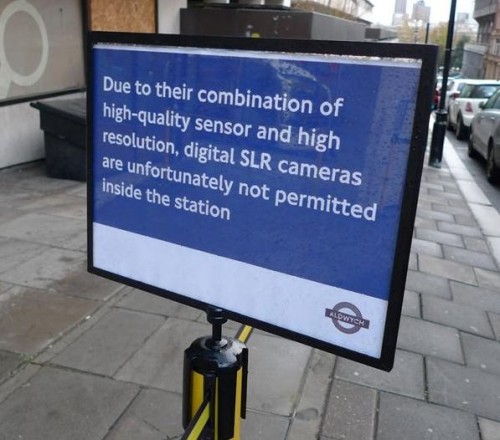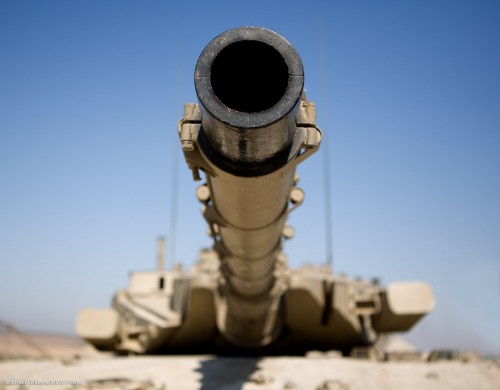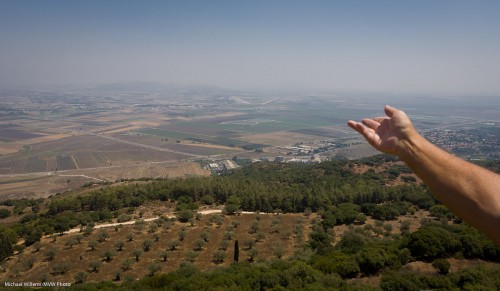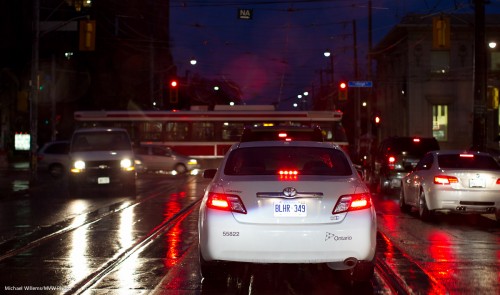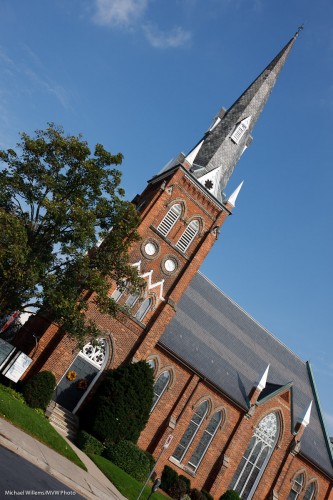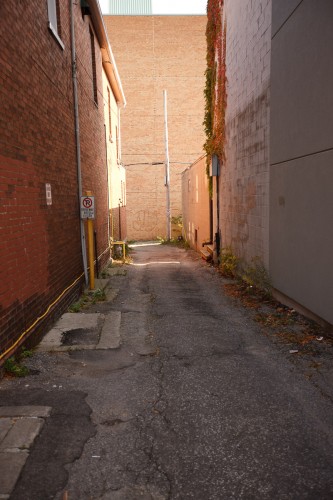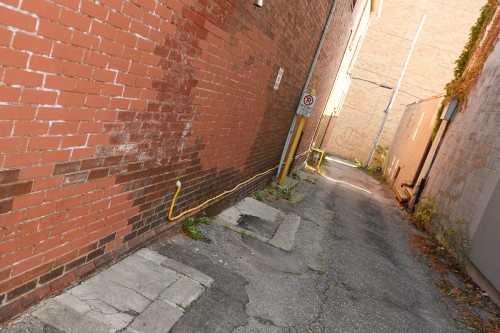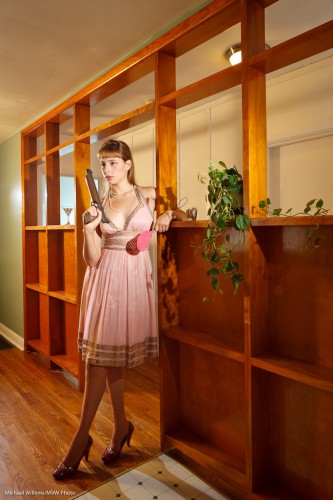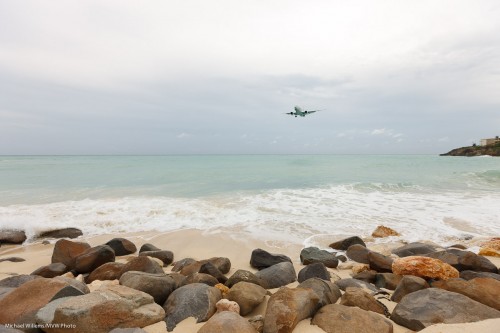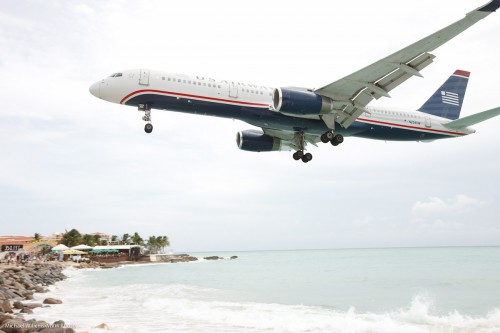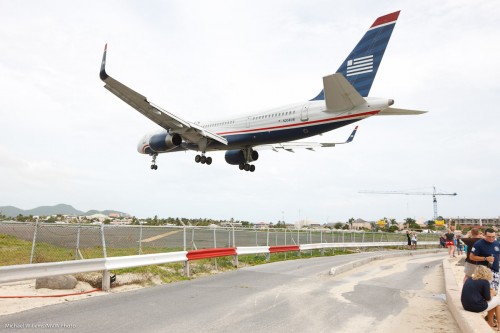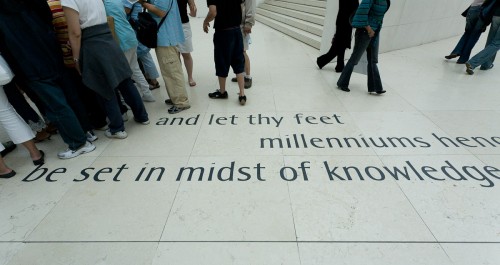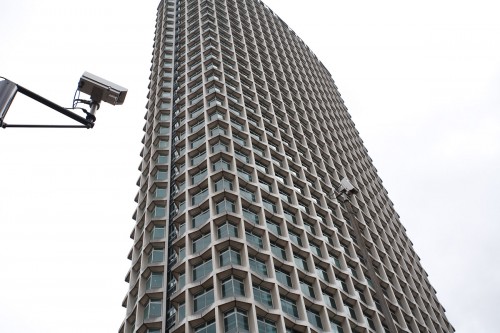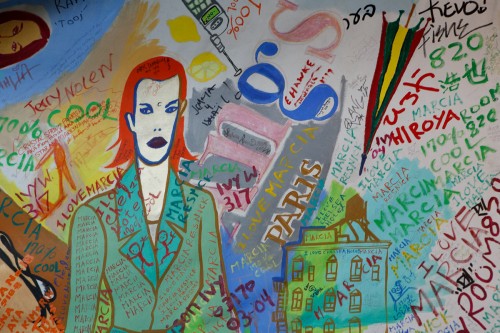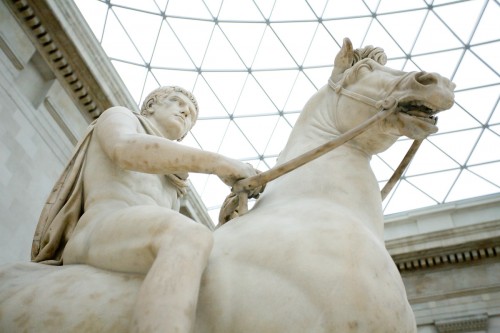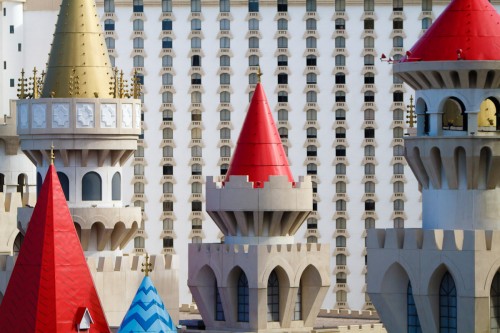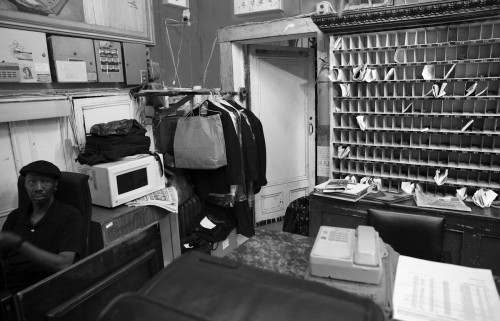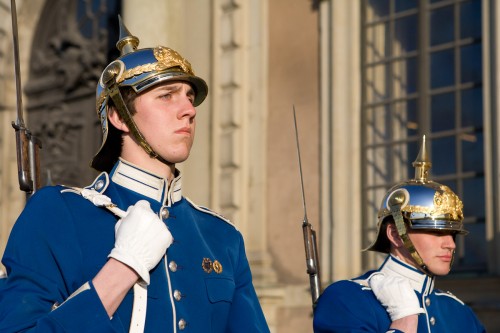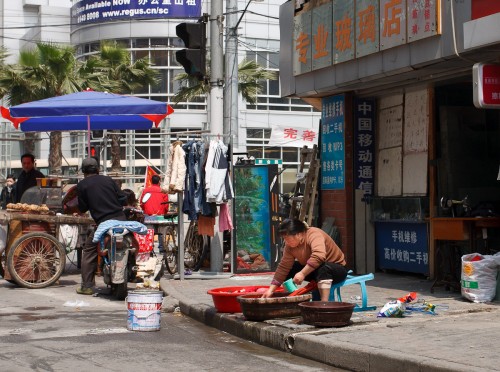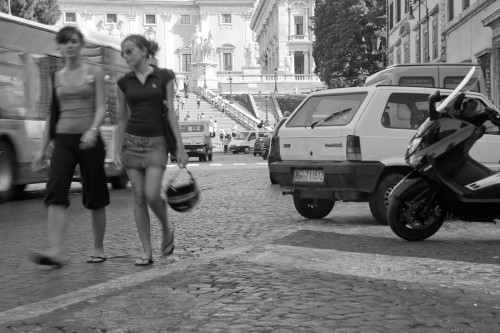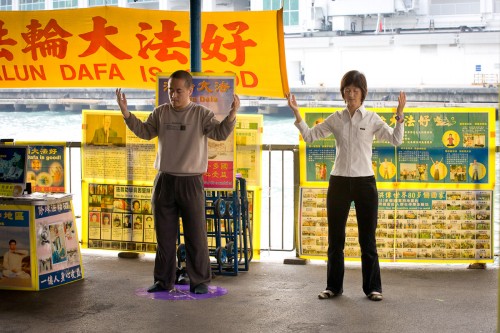The UK, in my experience, is one of the worst places in the world for photography. Photography on Trafalger Square? forbidden if it is “professional”.
And now this, Aldwych Station, London, UK:
Of course this shows the UK’s obsession with controlling, and the UK’s diametrically-opposed-to-freedom views. It is no suprise that George Irwell was British. And see “Children of Men” for a great dystopia. China is more free than Britain, and this is a sad statement.
So what do you do?
- Know the laws and try to stay within them.
- But be vocal when you are within your rights.
- Smile a lot.
- Use a smaller camera and a smaller lens.
- Use a wide angle lens and get the action on the side.
- Or use long lens and try not to be noticed.
- Avoid being male and having a beard.
- Be Quick!
These tips should get you by the worst fo the restrictions. Practice at home when it is not important yet.
(And I always carry a Fuji x100, which has a full APS-C sensor and many megapixels, but the silly people who make the rules do not know this).

